Vedado is one of the most modern and vibrant neighborhoods in Havana, Cuba. Today we want to suggest some places that you should visit on your way through here. It had an eminently residential development that began in the second half of the 19th century. This neighborhood is rich in buildings from various periods and architectural styles, ranging from the oldest wooden houses, neoclassical villas and residences, eclectic and art deco examples, to multi-family buildings. Streets numbered and identified with letters, abundant parks, fences and gardens identify this area, considered the economic and financial center of the Cuban capital.
National Hotel of Cuba

📍 O and 21st Street, Vedado
This iconic hotel is distinguished by its eclectic architecture, excellent service and an extensive list of famous visitors. It has been a symbol of Havana's history and elegance since 1930. Declared a National Monument in 1998, it is located on the Punta Brava coastal protrusion, on Taganana Hill, with a privileged position from which one can see the Havana seawall.
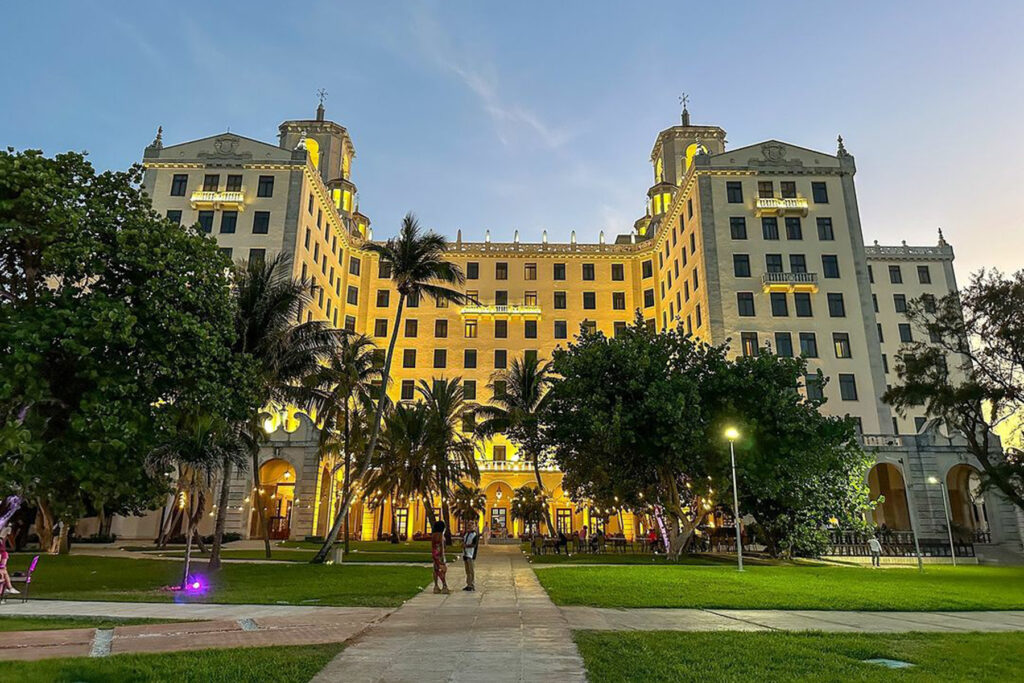

University of Havana
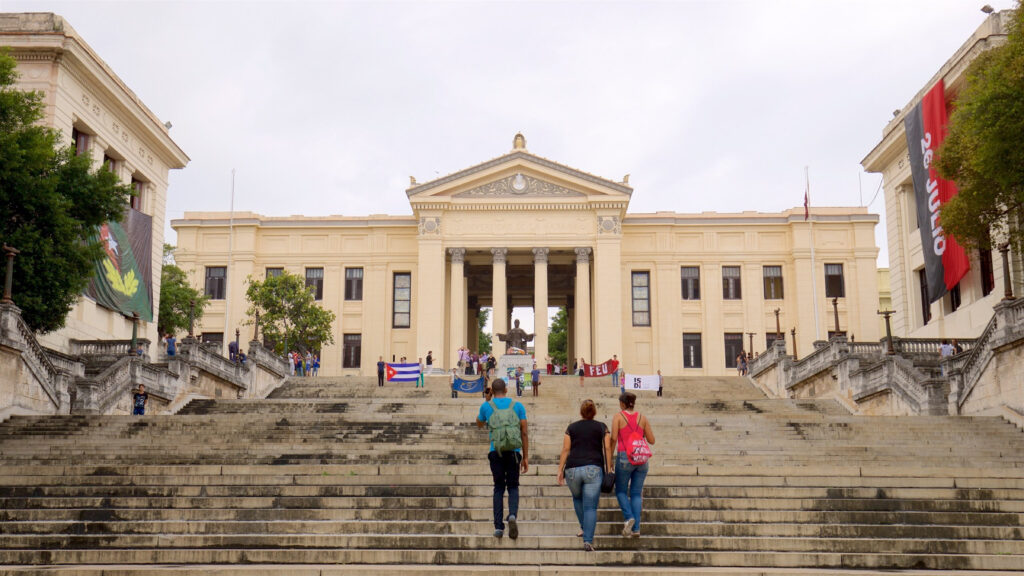
📍 San Lazaro and L Streets, Vedado
Founded in 1728, it is the oldest university in Cuba. Its campus is a place full of history and culture. It is related to important historical events such as the founding of the University Student Federation and student struggles. It has the Central Library and the Felipe Poey Natural History Museum, among other institutions.
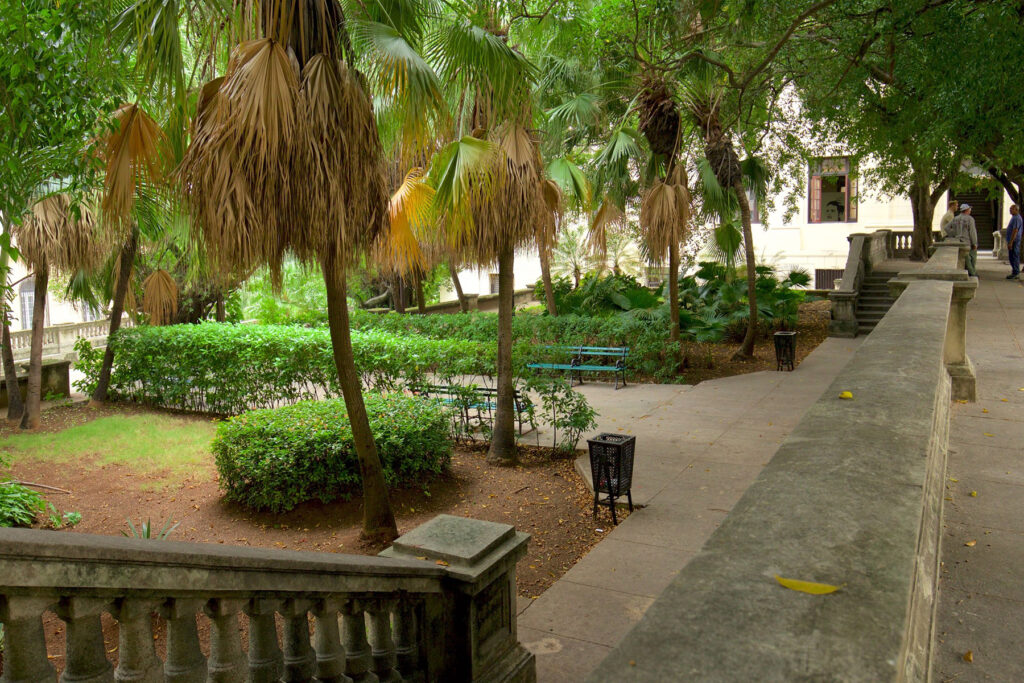
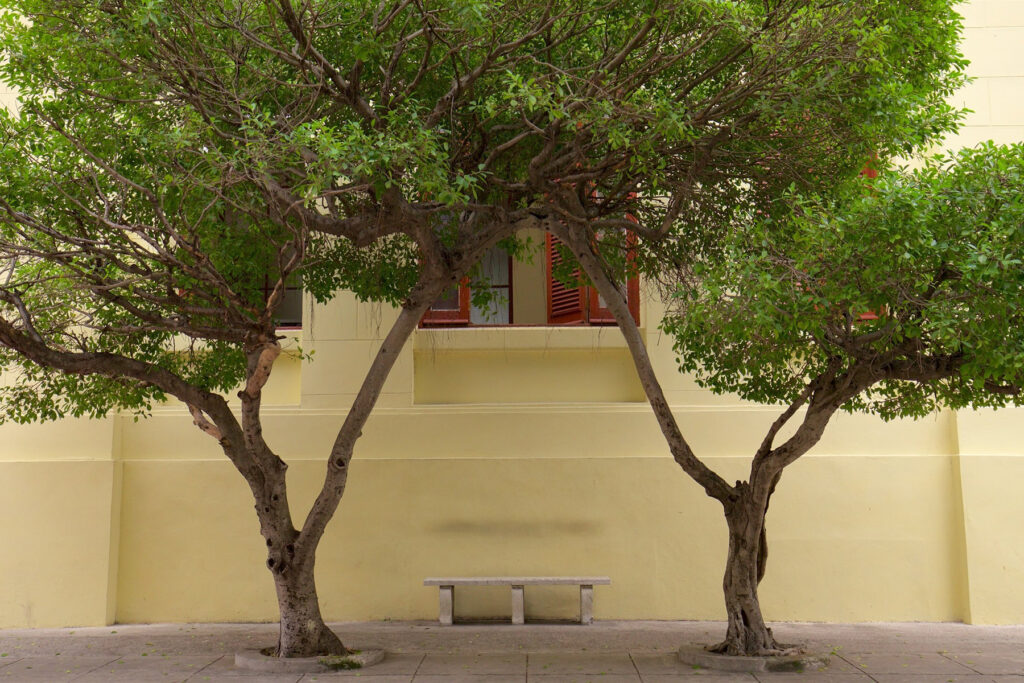
Colon Cemetery
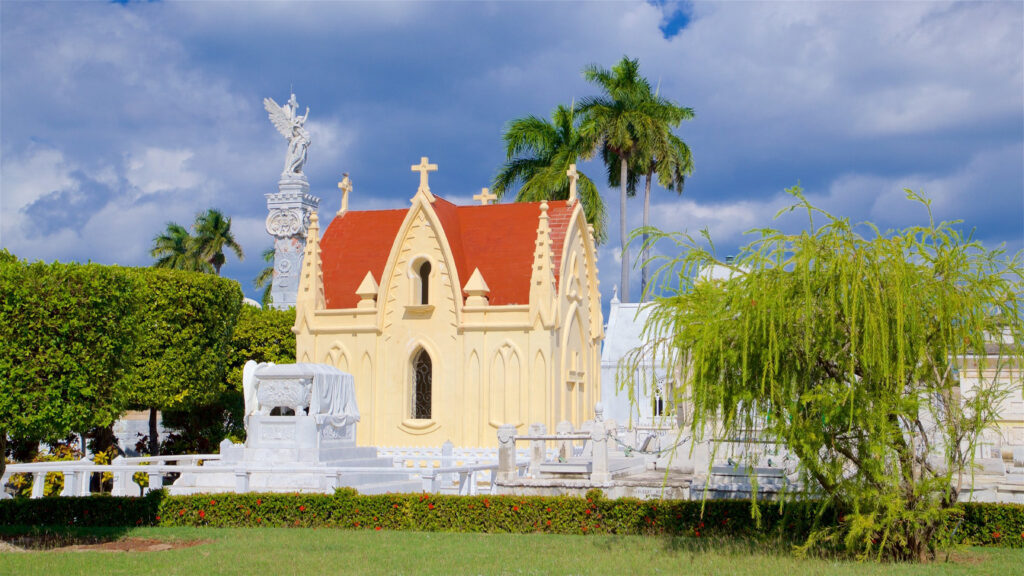
📍 Zapata Causeway and 12th Street, Vedado
This is one of the largest and most beautiful cemeteries in Latin America, known for its impressive sculptures and mausoleums. It was declared a National Monument in 1987, and its 57 hectares contain a large number of sculptures and architectural works, which is why many specialists place it as the third most important in the world, preceded only by Staglieno in Genoa, Italy, and Montjuic in Barcelona, Spain. The largest cemetery in America is rectangular in shape, like a Roman camp in the Byzantine Romanesque style, with sidewalks, streets and numbered roads that facilitate access to the visitor.
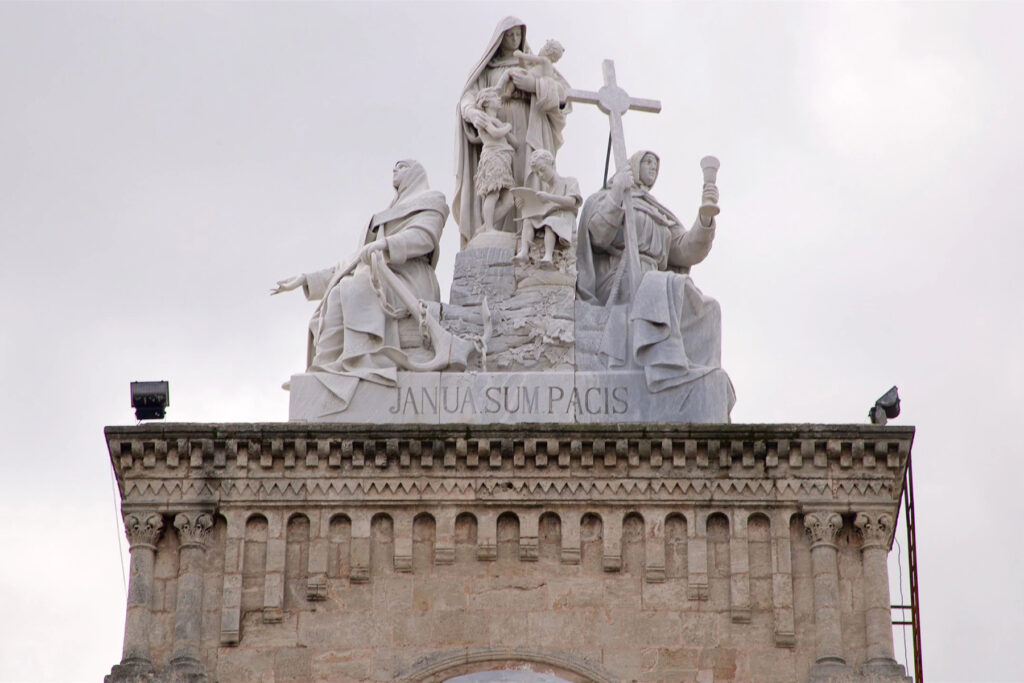
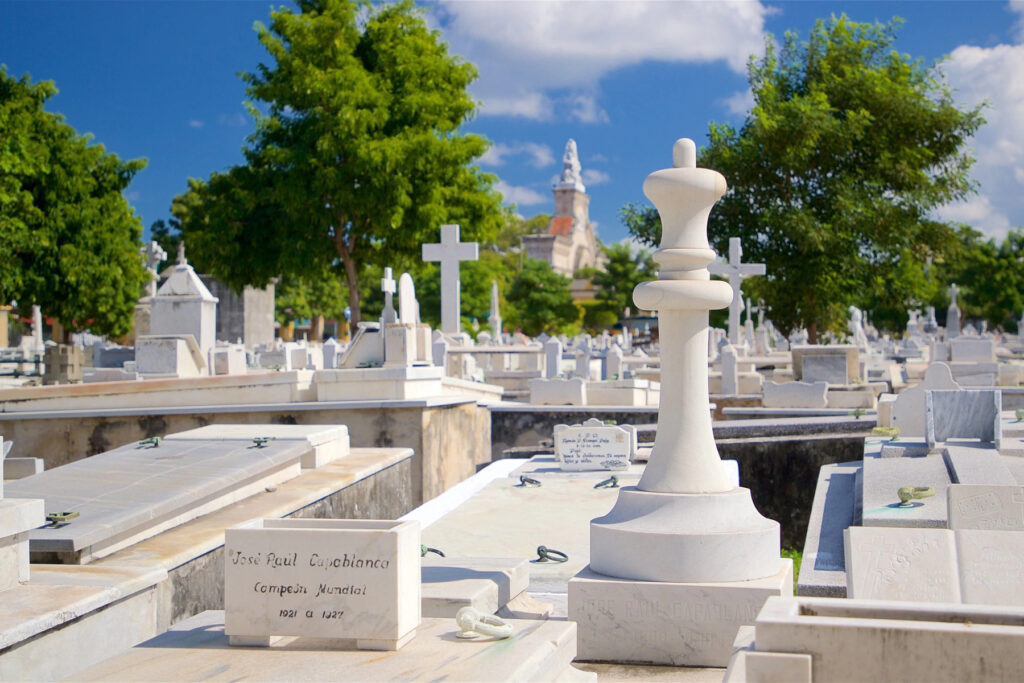
Revolution Square
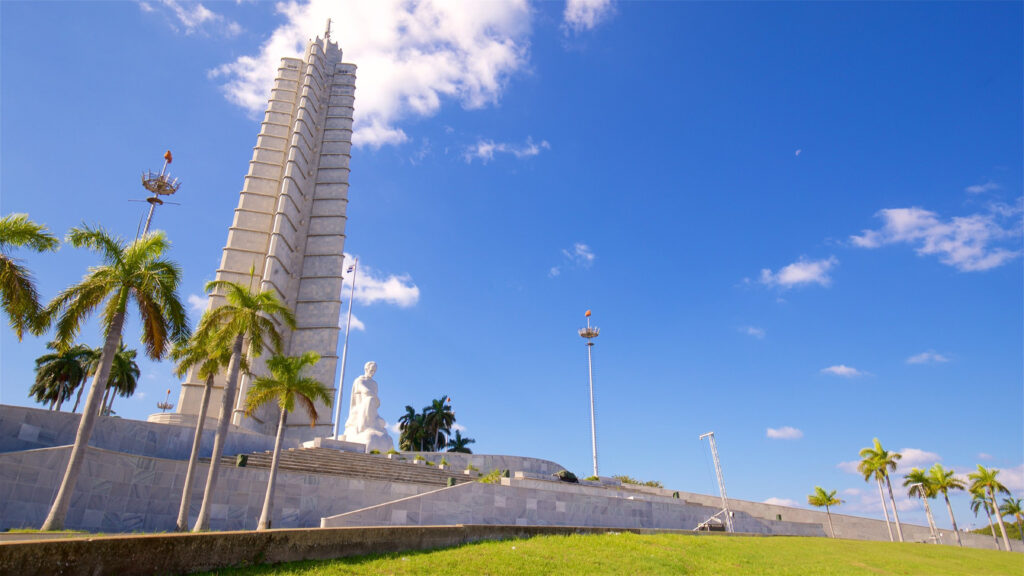
📍 Independence Avenue and May 20th
One of the largest squares in the world and a historic place where important events and parades are held in Cuba. The construction of this square began in the early 1940s, and was fully completed after the triumph of the Cuban Revolution, to become the stage for the main events and events in the country. It is presided over by the José Martí monument, the highest point in Havana, with a height of 112.75 m to the top tower and 144.99 m to the lighthouses and flags.
In the base area is the José Martí Memorial, a star-shaped historical-cultural center inaugurated on January 27, 1996, where texts and images about the personal history of the Apostle are displayed, as well as others related to the construction of the Plaza. Visitors often take home a souvenir snapshot showing the giant murals of Che Guevara and Camilo Cienfuegos.
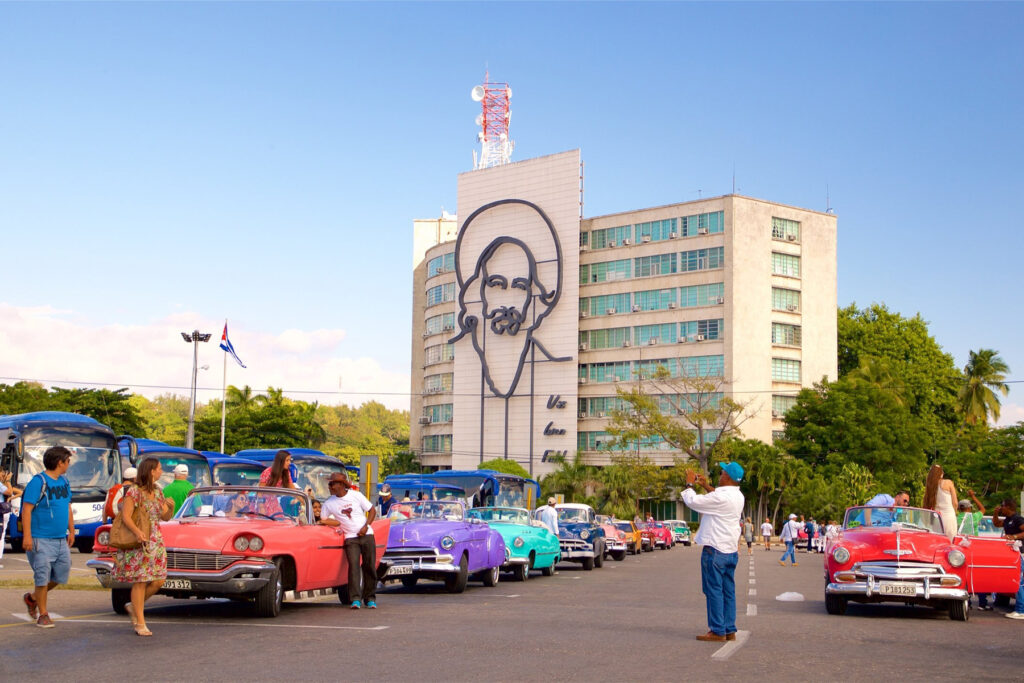
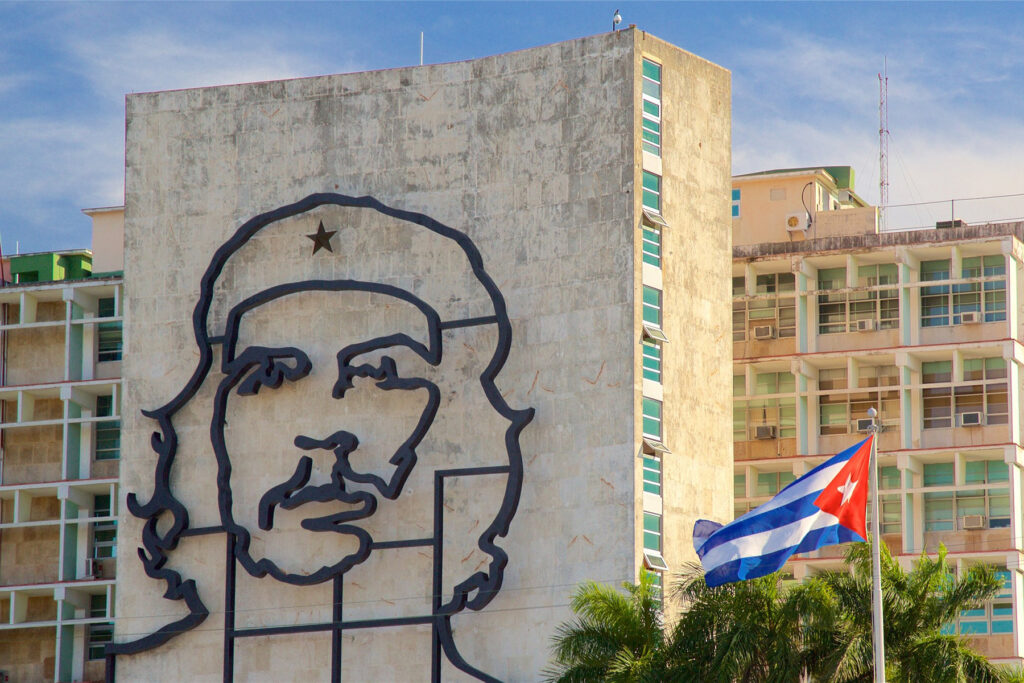
Cuban Art Factory (FAC)
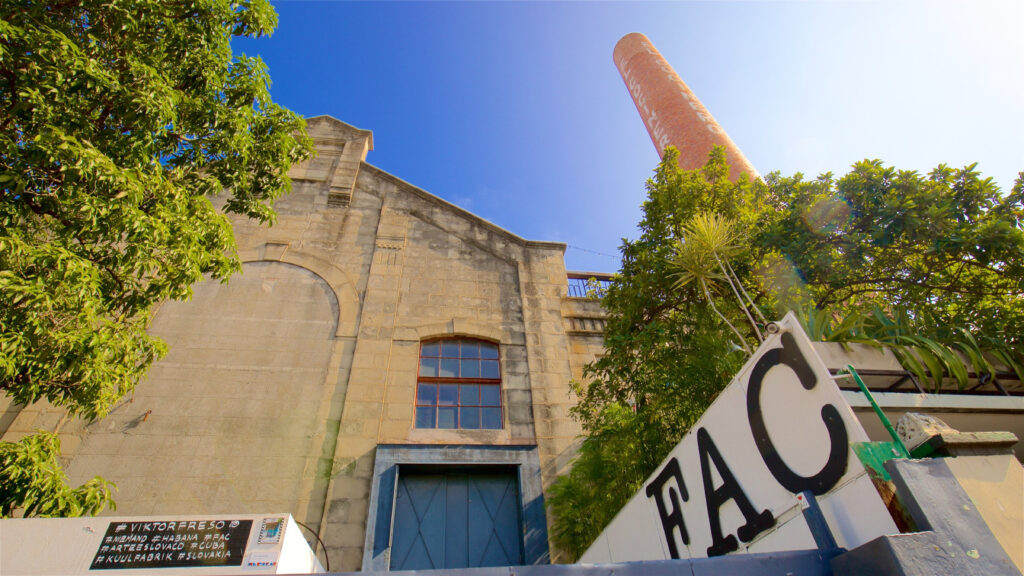
📍 26th and 11th Street, Vedado
A multidisciplinary cultural space where contemporary art, music, dance, photography, theatre, visual arts, industrial design and cinema merge. It is a vibrant and modern place. This cultural project was conceived by the renowned Cuban musician X Alfonso.
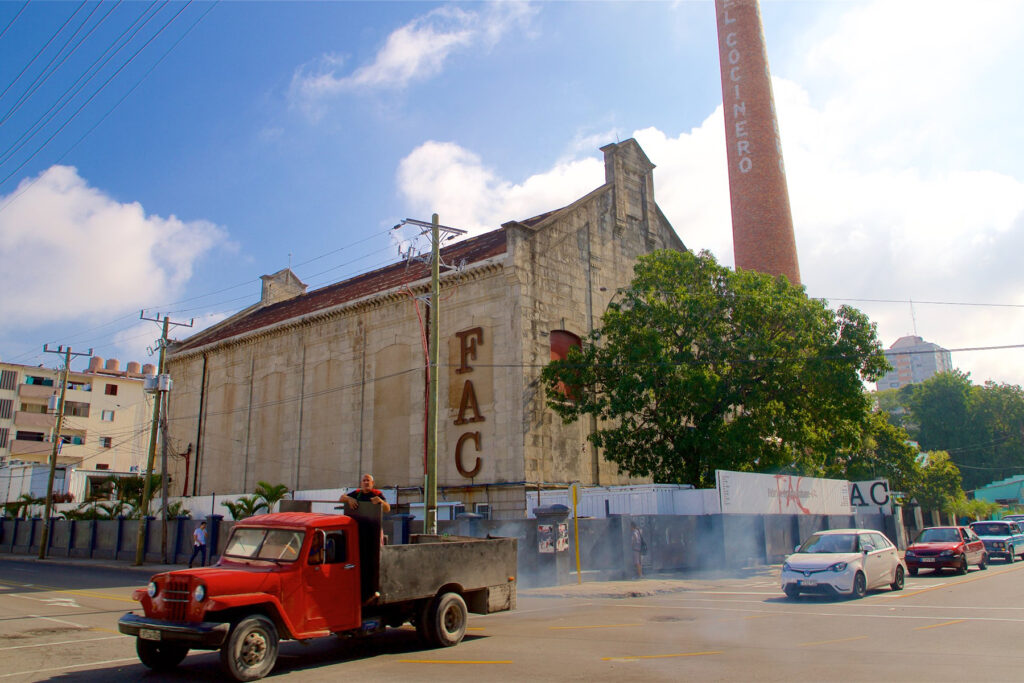
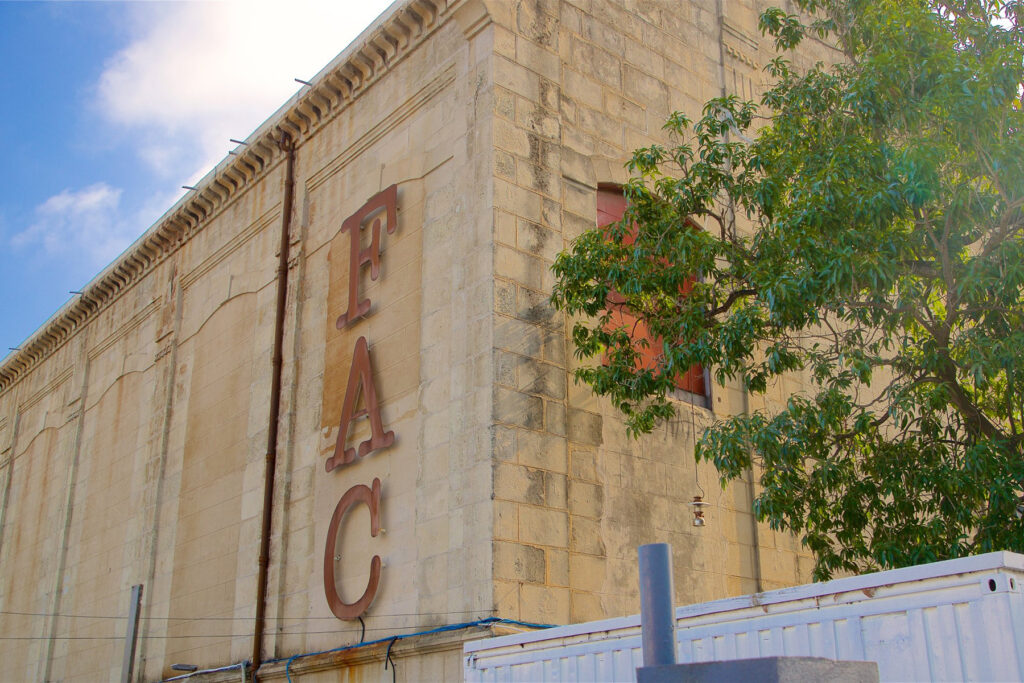
National Theatre of Cuba
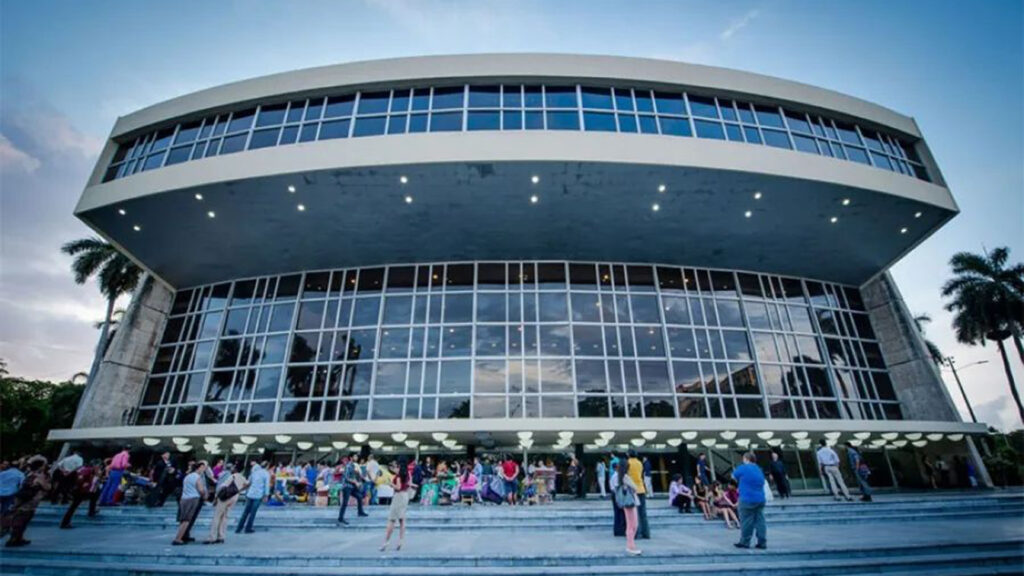
📍 Paseo Avenue and 39th Street, Plaza de la Revolución
A beautiful theatre that offers a variety of shows, from ballet to concerts and plays. It has two large halls: Covarrubias, named in honour of Francisco Covarrubias, a playwright considered the founder of Cuban theatre, and Avellaneda, named after the most outstanding female figure of 19th century Cuban romantic literature: Gertrudis Gómez de Avellaneda. It is one of the few theatres on the continent that has a collection of works of art inside, including some pieces by important Cuban artists of the avant-garde tradition; and the gardens house sculptural and ceramic installations by prominent national creators. The Mi Habana singing café and the Delirio Habanero piano bar are located within the theatre facilities.
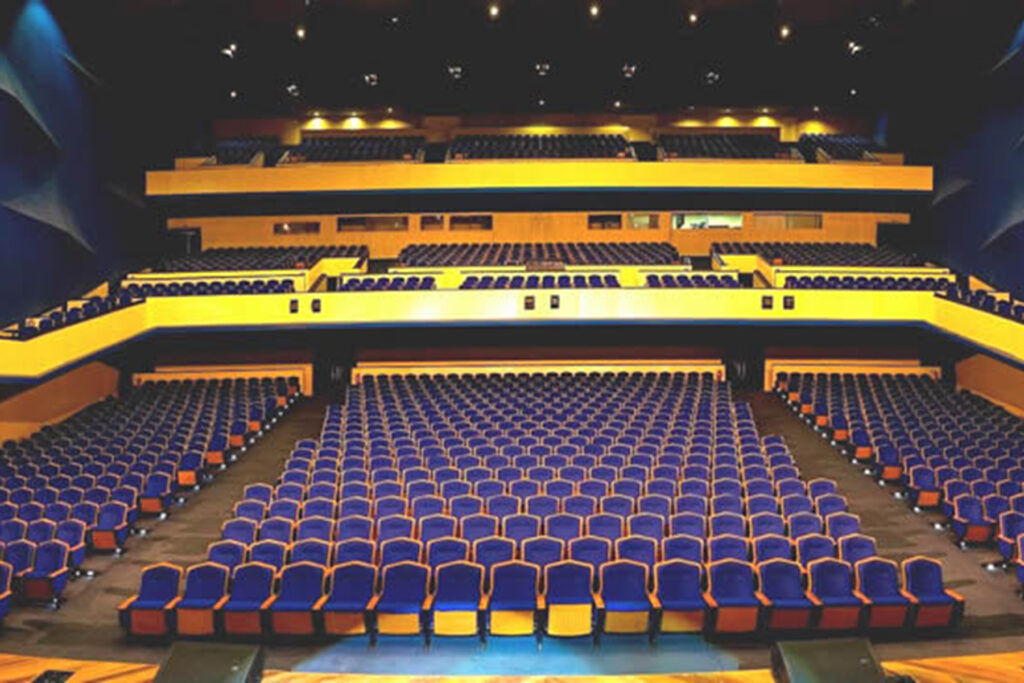
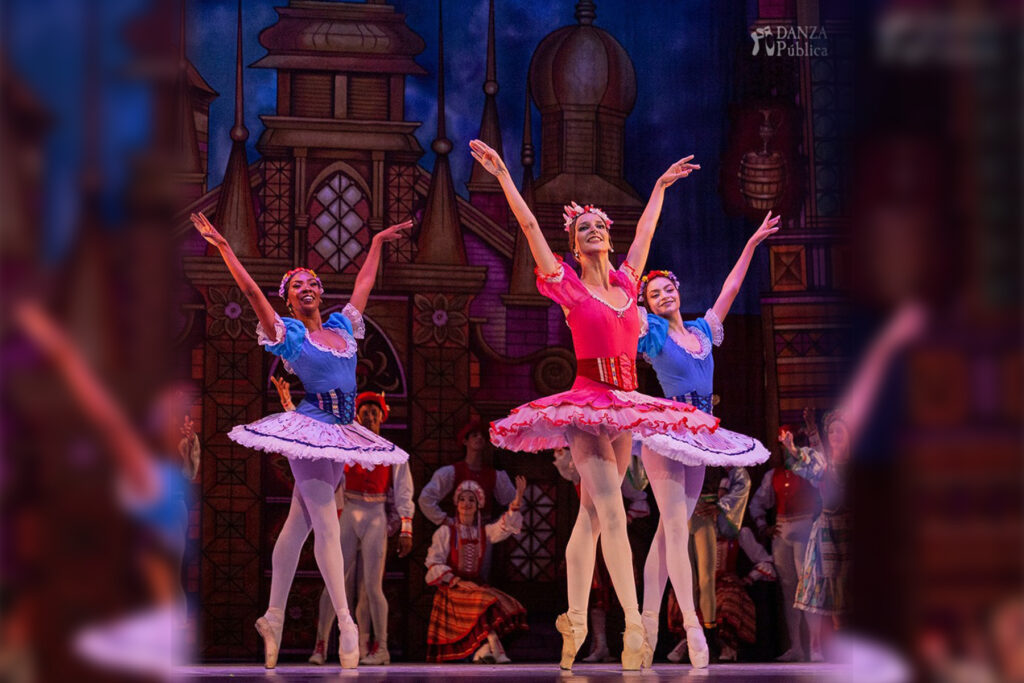
National Museum of Decorative Arts
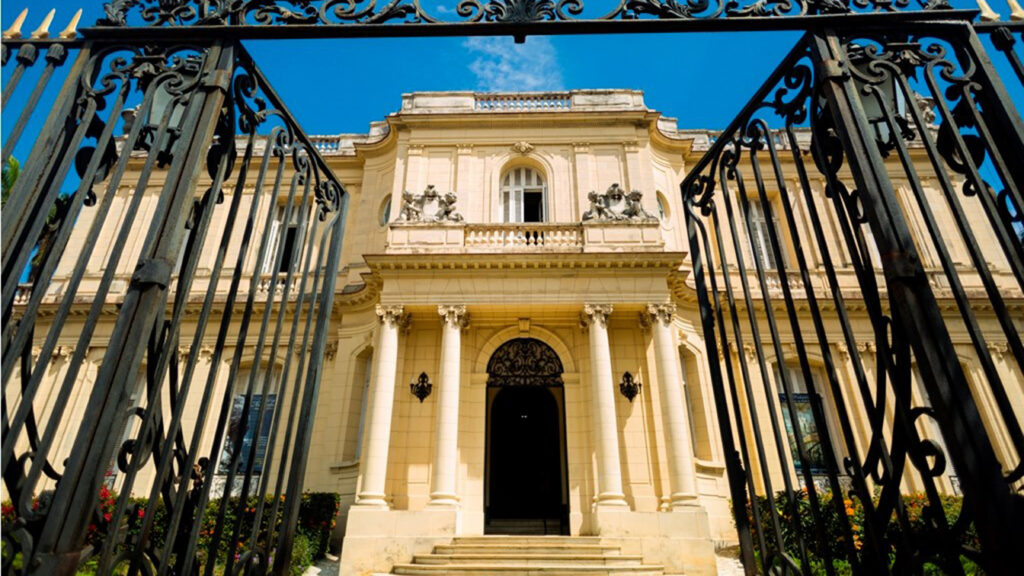
📍 17th Street corner D, Vedado
Opened on 24 July 1964, the museum houses more than thirty-three thousand works of high artistic and historical value, dating from the reigns of Louis XV, Louis XVI and Napoleon III, as well as oriental pieces from the 16th to the 20th centuries. Also on display are works by the important French manufacturers of Sévres, Paris, Chantilly and Limoges, and the English manufacturers of Derby, Chelsea, Wedgwood, Worcester and Staffordshire.
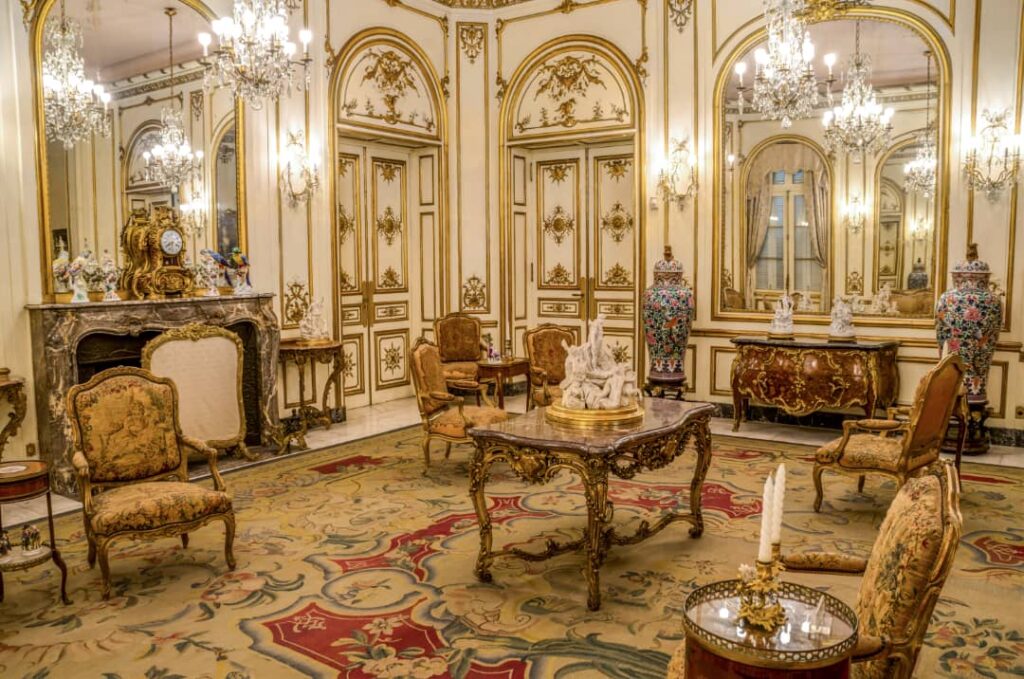

National Museum of Dance
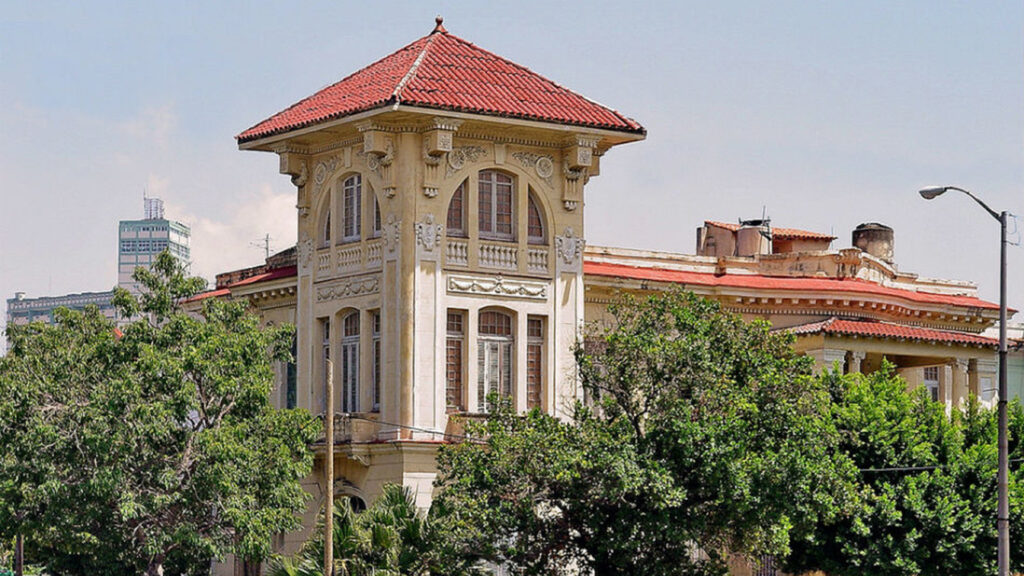
📍 Linea Street # 251, corner G, Vedado
Its rooms display collections of documents, costumes, photos, paintings, engravings from the Tacón Theater (today the “Federico García Lorca” Room of the Gran Teatro de La Habana), pieces dating from the 16th century to the present, most of them from the personal collection of the famous Cuban dancer Alicia Alonso that were donated to the museum.
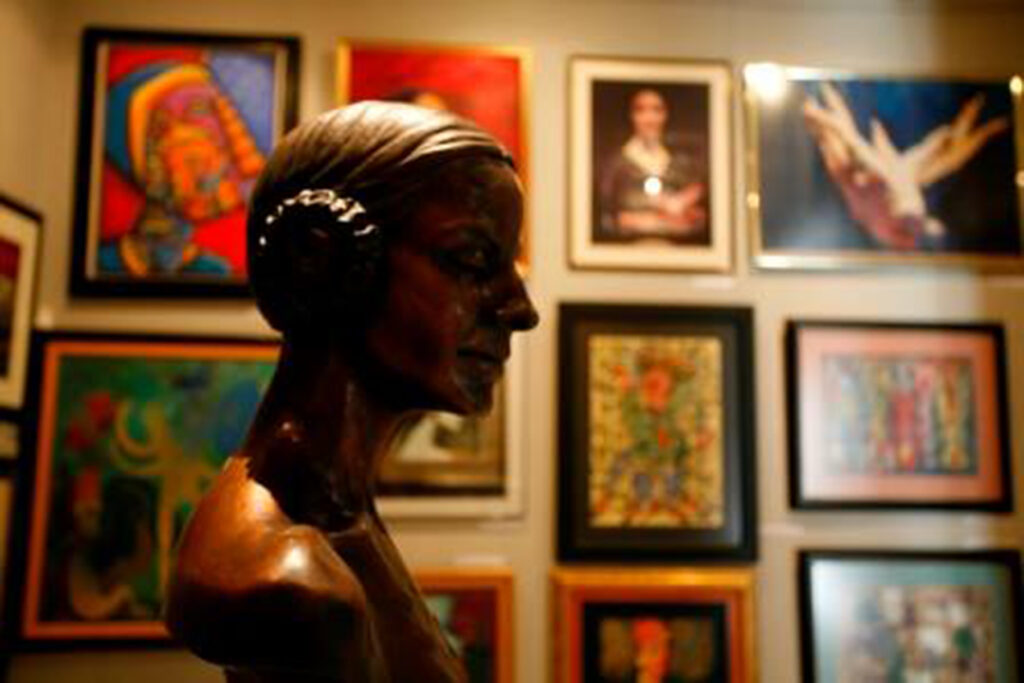
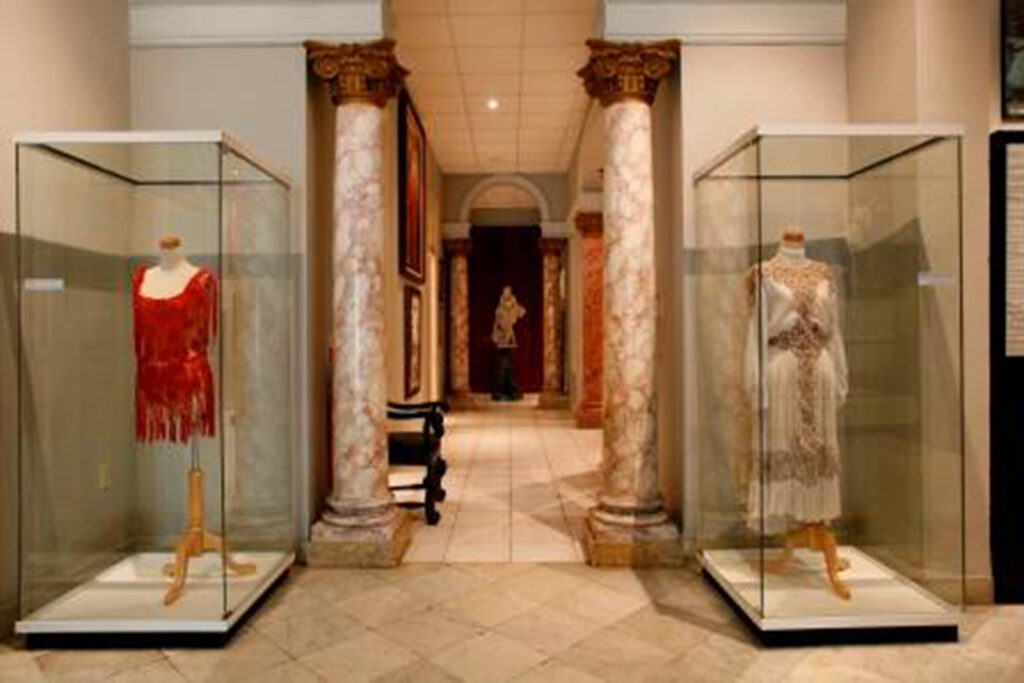
Where to stay during your visit to Vedado
If you do not yet have accommodation in this destination, we recommend staying with the locals, so that you can further enrich the experience and make it a truly authentic trip. Here we bring you a lot of cool houses that you can reserve:
El Vedado, con su vibrante mezcla de historia, cultura y modernidad, ofrece una experiencia única para cualquier visitante. Desde la majestuosa Plaza de la Revolución, hasta la tranquilidad de la Necrópolis de Cristóbal Colón y la riqueza académica de la Universidad de La Habana, cada rincón de este barrio tiene algo especial que contar. Además, sus bares bohemios y cafés acogedores brindan el ambiente perfecto para relajarse y disfrutar de la vida habanera. Sin duda, explorar el Vedado es sumergirse en el corazón palpitante de La Habana. Échale un vistazo a estas blog posts to continue discovering Havana..
Find us in

